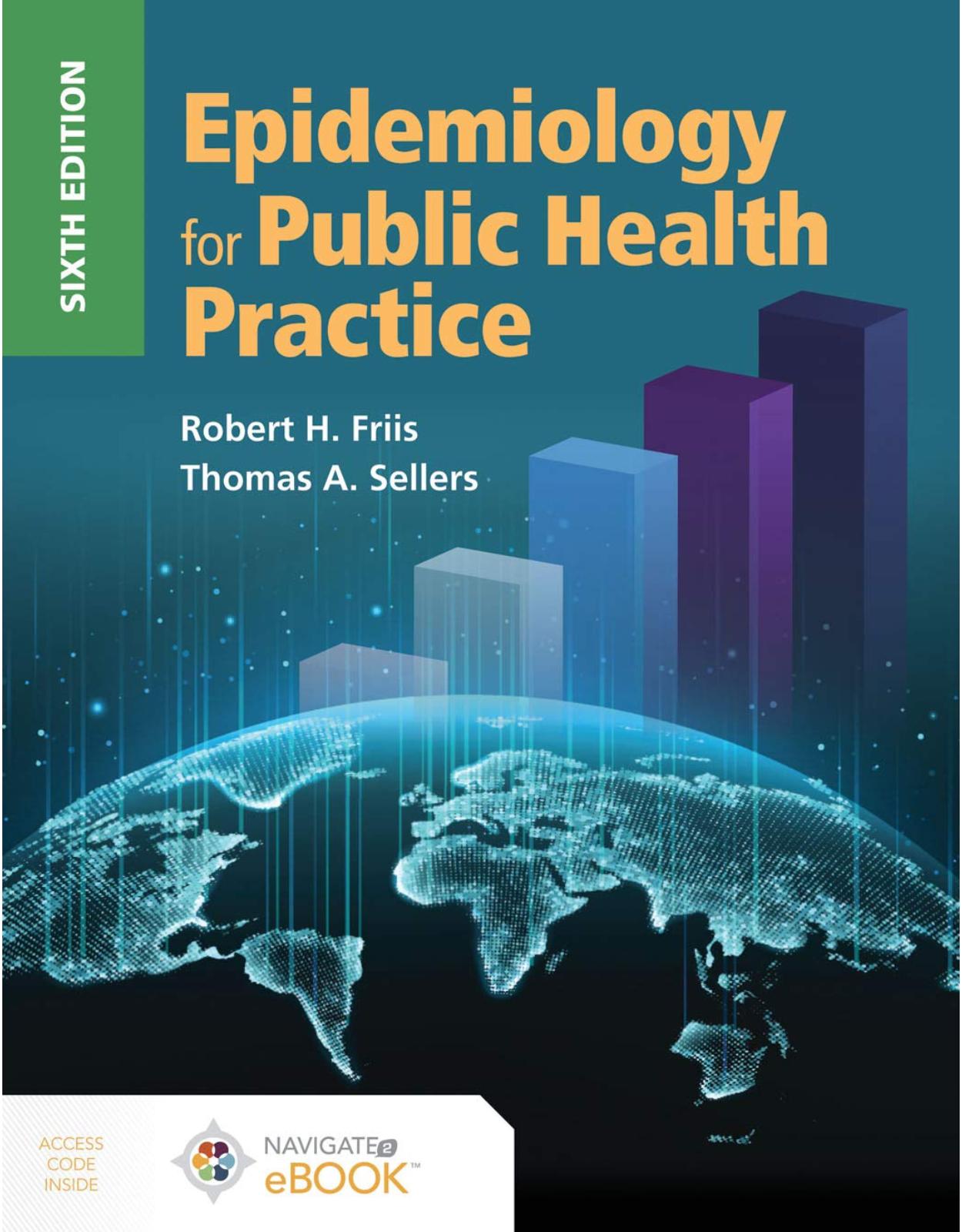
Epidemiology For Public Health Practice
Livrare gratis la comenzi peste 500 RON. Pentru celelalte comenzi livrarea este 20 RON.
Disponibilitate: La comanda in aproximativ 4 saptamani
Editura: Jones and Bartlett Publishers
Limba: Engleza
Nr. pagini: 750
Coperta: Paperback
Dimensiuni: 17.78 x 2.54 x 22.61 cm
An aparitie: 30 Mar. 2020
Description:
Epidemiology for Public Health Practice is a best-selling text offering comprehensive coverage of all the major topics in introductory epidemiology and alignement to the core competencies in epidemiology for graduate and undergraduate courses. With extensive treatment of the heart of epidemiology--from study designs to descriptive epidemiology to quantitative measures--this reader-friendly text is accessible and interesting to a wide range of beginning students in all health-related disciplines. A unique focus is given to real-world applications of epidemiology and the development of skills that students can apply in subsequent course work and in the field.
Table of Contents:
Chapter 1 History and Scope of Epidemiology
Introduction
Epidemiology Defined
Epidemiology and Public Health Practice
Foundations of Epidemiology
Historical Antecedents of Epidemiology
Recent Applications of Epidemiology
Conclusion
Study Questions and Exercises
References
Chapter 2 Practical Applications of Epidemiology
Introduction
What Are the Key Uses of Epidemiology?
Applications for the Assessment of the Health Status of Populations and Delivery of Health Services
Applications Relevant to Disease Etiology
Conclusion
Study Questions and Exercises
References
Chapter 3 Measures of Morbidity and Mortality Used in Epidemiology
Introduction
Why Are Measures of Morbidity and Mortality Important for Epidemiology?
Definitions of Count, Ratio, Proportion, and Rate
Risk Versus Rate; Cumulative Incidence
Interrelationship Between Prevalence and Incidence
Applications of Incidence Data
Crude Rates
Specific Rates and Proportional Mortality Ratio
Adjusted Rates
Conclusion
Study Questions and Exercises
References
Chapter 4 Descriptive Epidemiology: Person, Place, Time
Introduction
Overview of Descriptive Epidemiology
Characteristics of Persons
Characteristics of Place
Characteristics of Time
Conclusion
Study Questions and Exercises
References
Appendix 4-1 Project: Descriptive Epidemiology of a Selected Health Problem
Chapter 5 Sources of Data for Use in Epidemiology
Introduction
Epidemiology and Data
Criteria for the Quality and Utility of Epidemiologic Data
Online Sources of Epidemiologic Data
Confidentiality, Sharing of Data, and Record Linkage
Statistics Derived from the Vital Registration System
Reportable Disease Statistics
Screening Surveys
Disease Registries
Morbidity Surveys of the General Population
Insurance Data
Clinical Data Sources
Absenteeism Data
School Health Programs
Morbidity in the Armed Forces: Data on Active Personnel and Veterans
Other Sources: Census Data
Conclusion
Study Questions and Exercises
References
Chapter 6 Study Designs: Ecologic, Cross-Sectional, Case-Control
Introduction
Rationale for the Choice of a Study Design
Observational Versus Experimental Approaches in Epidemiology
Overview of Study Designs Used in Epidemiology
Ecologic Studies
Cross-Sectional Studies
Case-Control Studies
Conclusion
Study Questions and Exercises
References
Chapter 7 Study Designs: Cohort Studies
Introduction
Temporality (Time Ordering) of Exposures and Outcomes
Cohort Studies Defined
Sampling and Cohort Formation Options
Directionality of Exposures in Cohort Designs
Practical Considerations
Measures of Effect: Their Interpretation and Examples
Case-Control Studies Conducted within Cohort Studies
Summary of Cohort Studies
Conclusion
Study Questions and Exercises
References
Chapter 8 Experimental Study Designs
Introduction
Associations Between Risk Factors and Health Outcomes
Hierarchy of Study Designs
Intervention Studies
Clinical Trials
Community Trials
Hypothesis Testing in Intervention Studies
Conclusion
Study Questions and Exercises
References
Chapter 9 Measures of Effect
Introduction
Overview of Measures of Effect
Absolute Effects
Relative Effects
Statistical Measures of Effect
Evaluating Epidemiologic Associations
Models of Causal Relationships
Conclusion
Study Questions and Exercises
References
Appendix 9-1 Cohort Study Data for Coffee Use and Anxiety
Chapter 10 Data Interpretation Issues
Introduction
Flaws in Media Reports of Epidemiologic Studies
Validity of Study Designs
Sources of Error in Epidemiologic Research
Techniques to Reduce Bias
Methods to Control Confounding
Bias in Analysis and Publication
Conclusion
Study Questions and Exercises
References
Chapter 11 Screening for Disease in the Community
Introduction
Screening and Early Detection of Disease
Appropriate Situations for Screening Tests and Programs
Characteristics of a Good Screening Test
Evaluation of Screening Tests
Sources of Unreliability and Invalidity
Measures of the Validity of Screening Tests
Effects of Prevalence of Disease on Screening Test Results
Relationship Between Sensitivity and Specificity
Evaluation of Screening Programs
Issues in the Classification of Morbidity and Mortality
Conclusion
Study Questions and Exercises
References
Appendix 11-1 Data for Study Question
Chapter 12 Epidemiology of Infectious Diseases
Introduction
The Importance of Controlling Infectious Diseases in the Community
Agents of Infectious Disease
Characteristics of Infectious Disease Agents
Host
The Environment
Means of Transmission: Directly or Indirectly from Reservoir
Measures of Disease Outbreaks
Procedures Used in the Investigation of Infectious Disease Outbreaks
Epidemiologically Significant Infectious Diseases in the Community
Conclusion
Study Questions and Exercises
References
Appendix 12-1 Data from a Foodborne Illness Outbreak in a College Cafeteria
Chapter 13 Epidemiologic Aspects of Work and the Environment
Introduction
Environmental Impacts on Global Health
Environmental Epidemiology, Hazards, and Health Effects
Study Designs Used in Environmental Epidemiology
Toxicologic Concepts Related to Environmental Epidemiology
Types of Agents
Environmental Hazards Found in the Work Setting
Noteworthy Community Environmental Health Hazards
Conclusion
Study Questions and Exercises
References
Chapter 14 Molecular and Genetic Epidemiology
Introduction
How Molecular and Genetic Techniques Impact Epidemiology
Genetic Epidemiology
Molecular Epidemiology
Epidemiologic Evidence for Genetic Factors
Causes of Familial Aggregation
Shared Family Environment and Familial Aggregation
Gene Mapping: Segregation and Linkage Analysis
Linkage Disequilibrium Revisited: Haplotypes
Genome-Wide Association Studies (GWAS)
Application of Genes in Epidemiologic Designs
Genetics and Public Health
Conclusion
Study Questions and Exercises
References
Chapter 15 Social, Behavioral, and Psychosocial Epidemiology
Introduction
Psychological, Social, and Behavioral Factors and the Etiology of Disease
Research Designs Used in Psychosocial, Behavioral, and Social Epidemiology
The Social Context of Health
Independent Variables
Moderating Variables
Dependent (Outcome) Variables: Physical and Mental Health
Conclusion
Study Questions and Exercises
References
Chapter 16 Epidemiology as a Profession
Introduction
Careers in Epidemiology
Specializations Within Epidemiology
Occupations for Epidemiologists
Epidemiology Associations and Journals
Competencies Required of Epidemiologists
Resources for Education and Employment
Professional Ethics in Epidemiology
Conclusion
Study Questions and Exercises
References
Chapter 17 Epidemiology and Health Policy
Introduction
Public Health Policies and Daily Life
Translational Epidemiology and Evidence-Based Policy Decisions
How Epidemiology Contributes to Public Health Policies
The Policy Cycle and Policy Creation
Decision Analysis Based on Perceptions of Risks and Benefits
Working of Health Services
Examples of Public Health Policies and Laws
Case Studies of Policy Development
Conclusion
Study Questions and Exercises
References
Appendix A: Guide to the Critical Appraisal of an Epidemiologic/Public Health Research Article
Appendix B: Answers to Selected Study Questions
Glossary
Index
| An aparitie | 30 Mar. 2020 |
| Autor | Robert H. Friis , Thomas Sellers |
| Dimensiuni | 17.78 x 2.54 x 22.61 cm |
| Editura | Jones and Bartlett Publishers |
| Format | Paperback |
| Limba | Engleza |
| Nr pag | 750 |
-
2,15000 lei 1,90000 lei





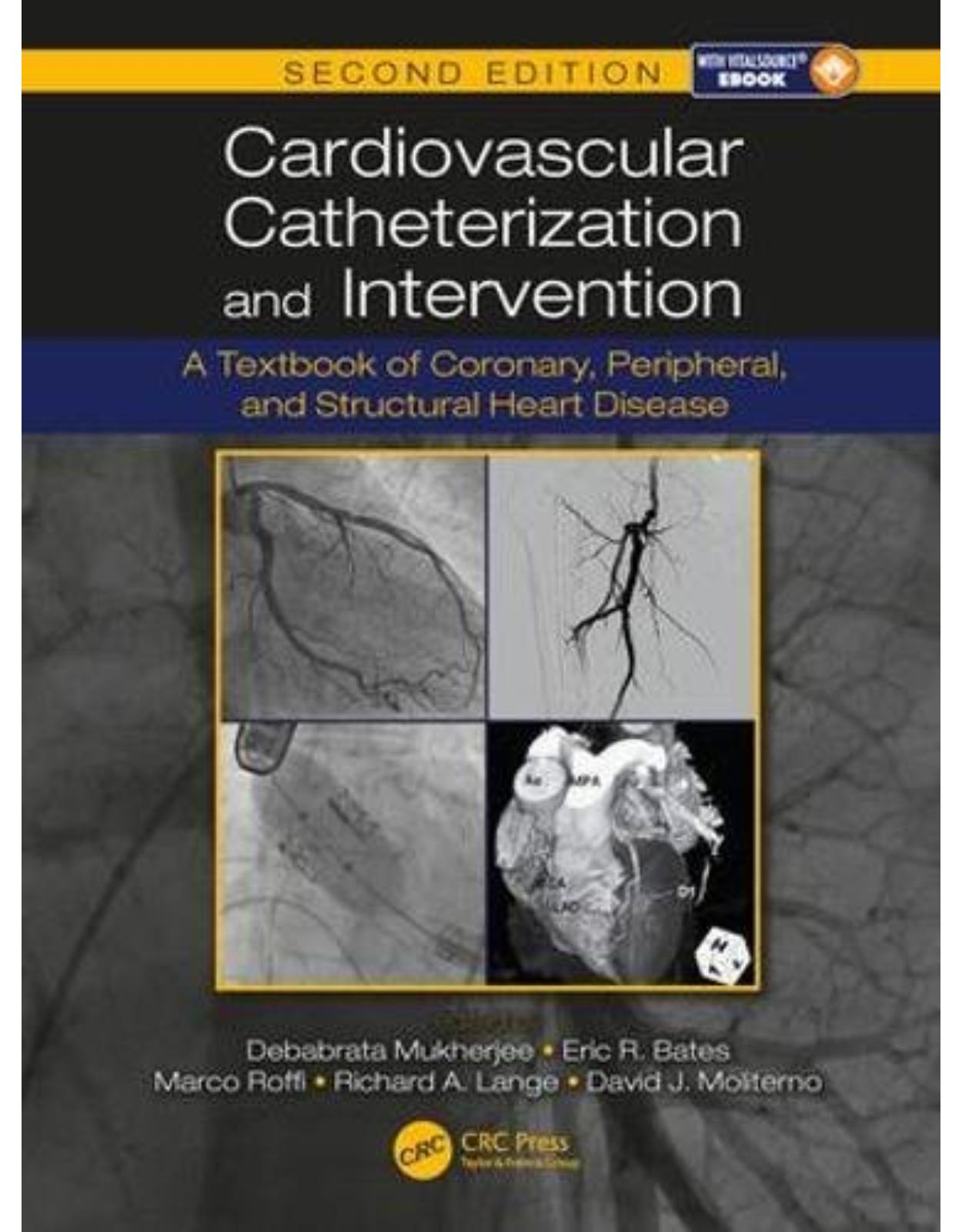
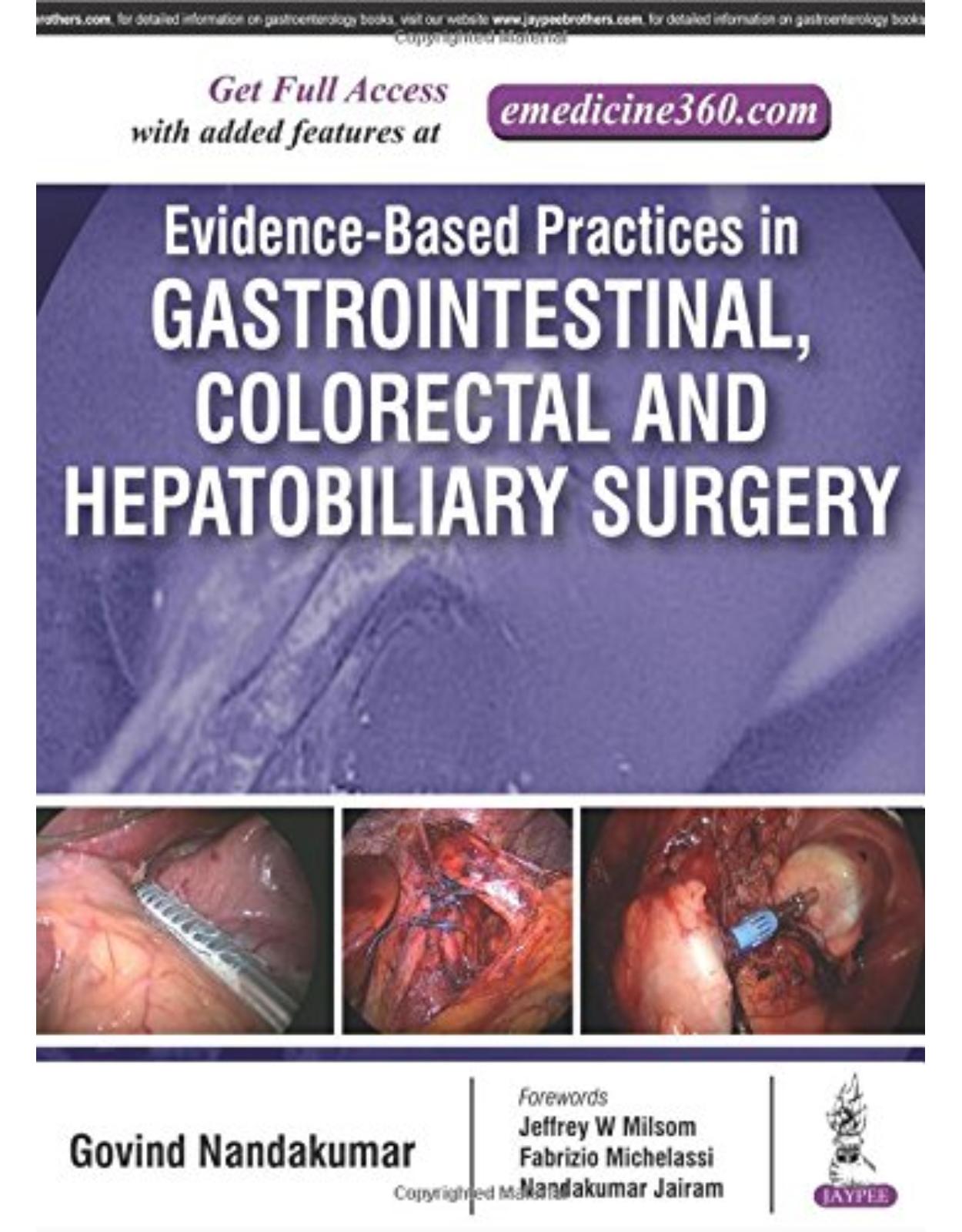

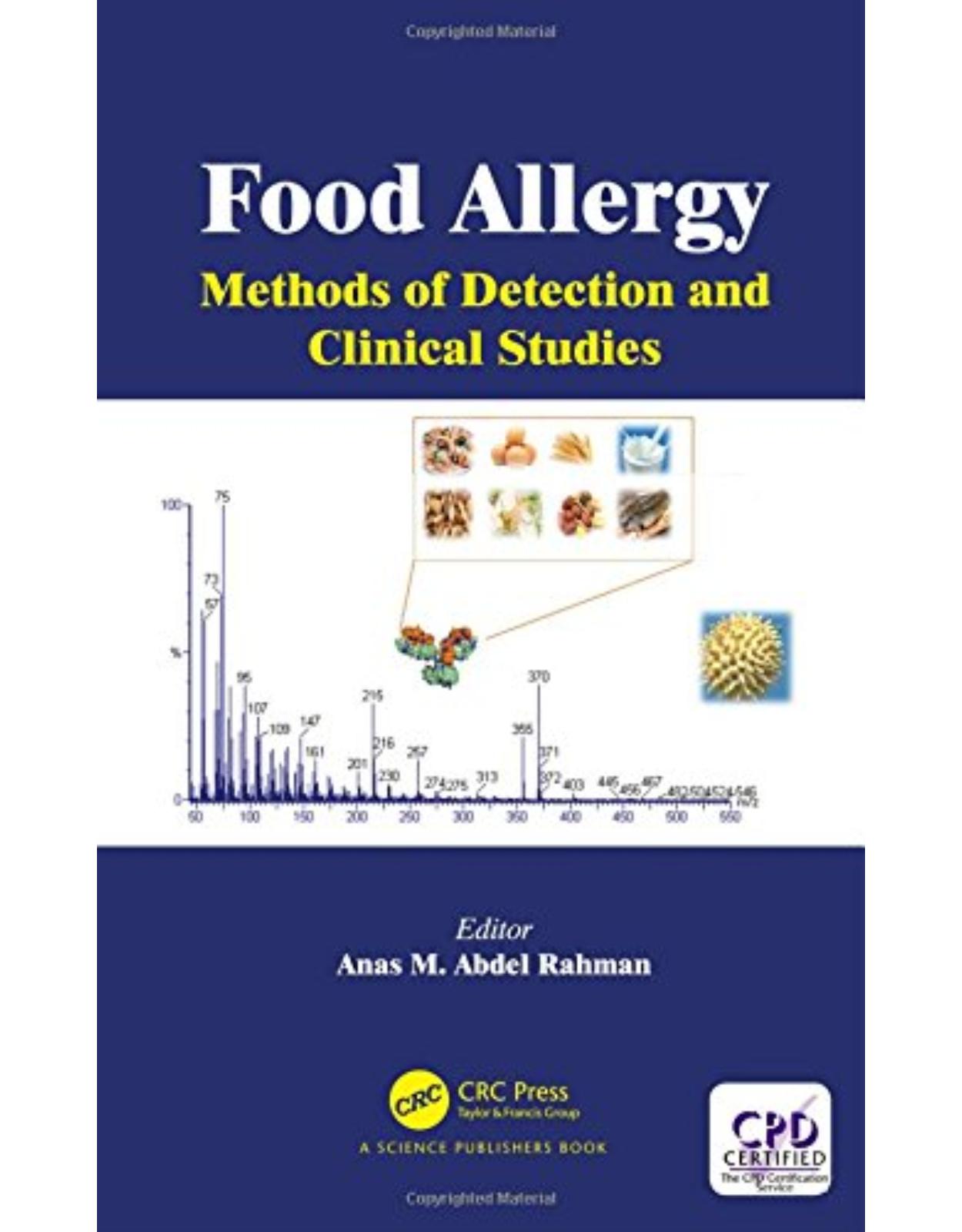

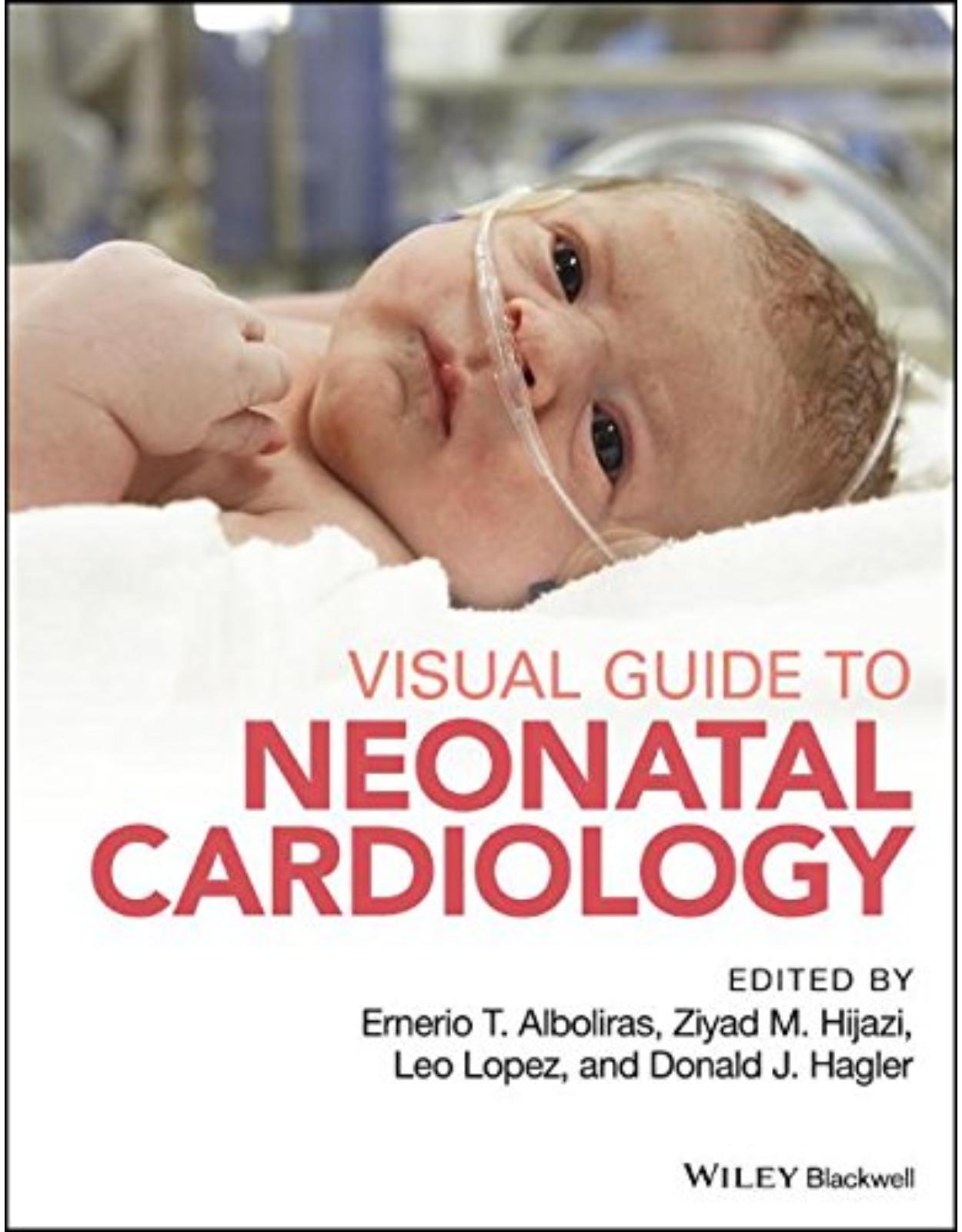




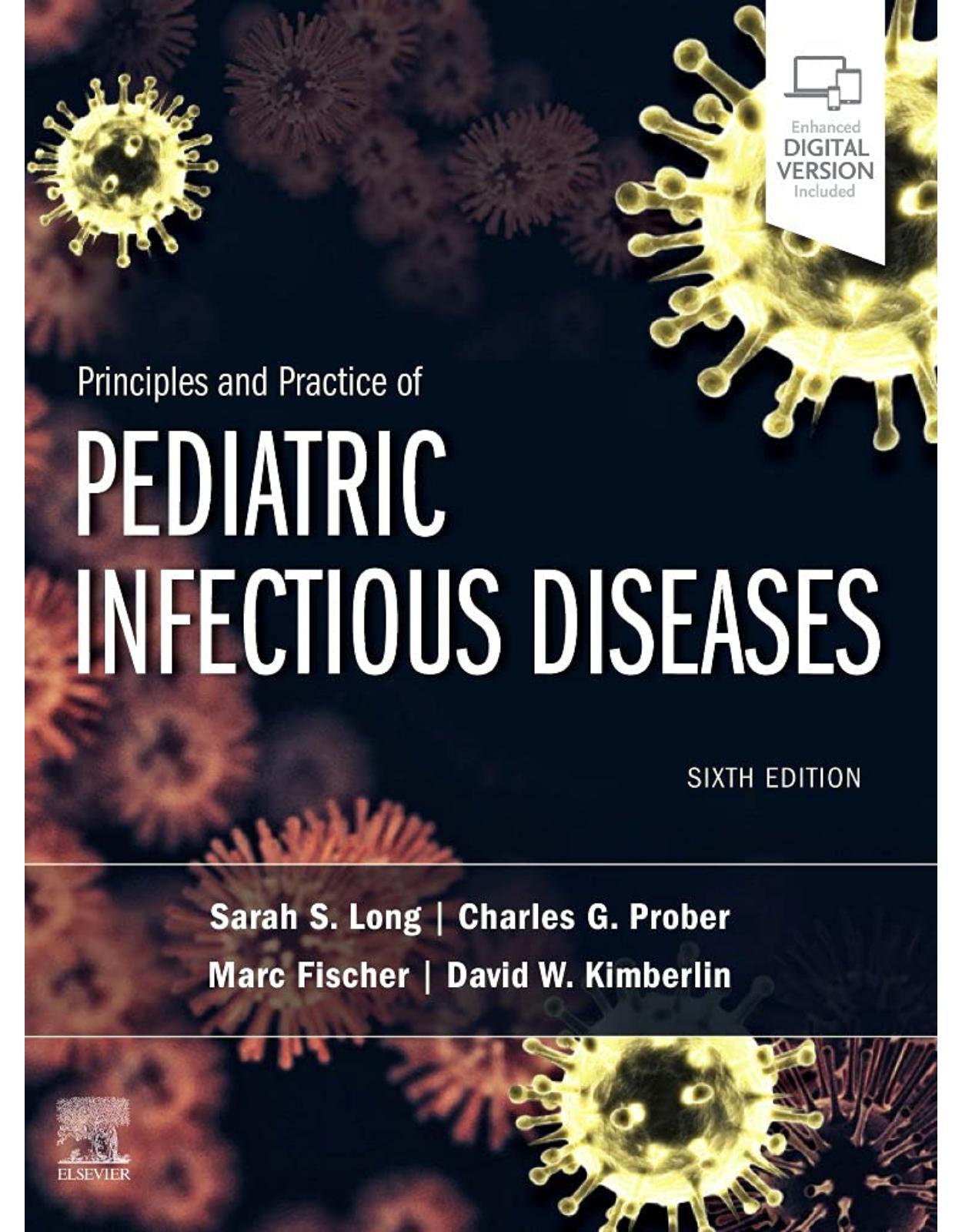

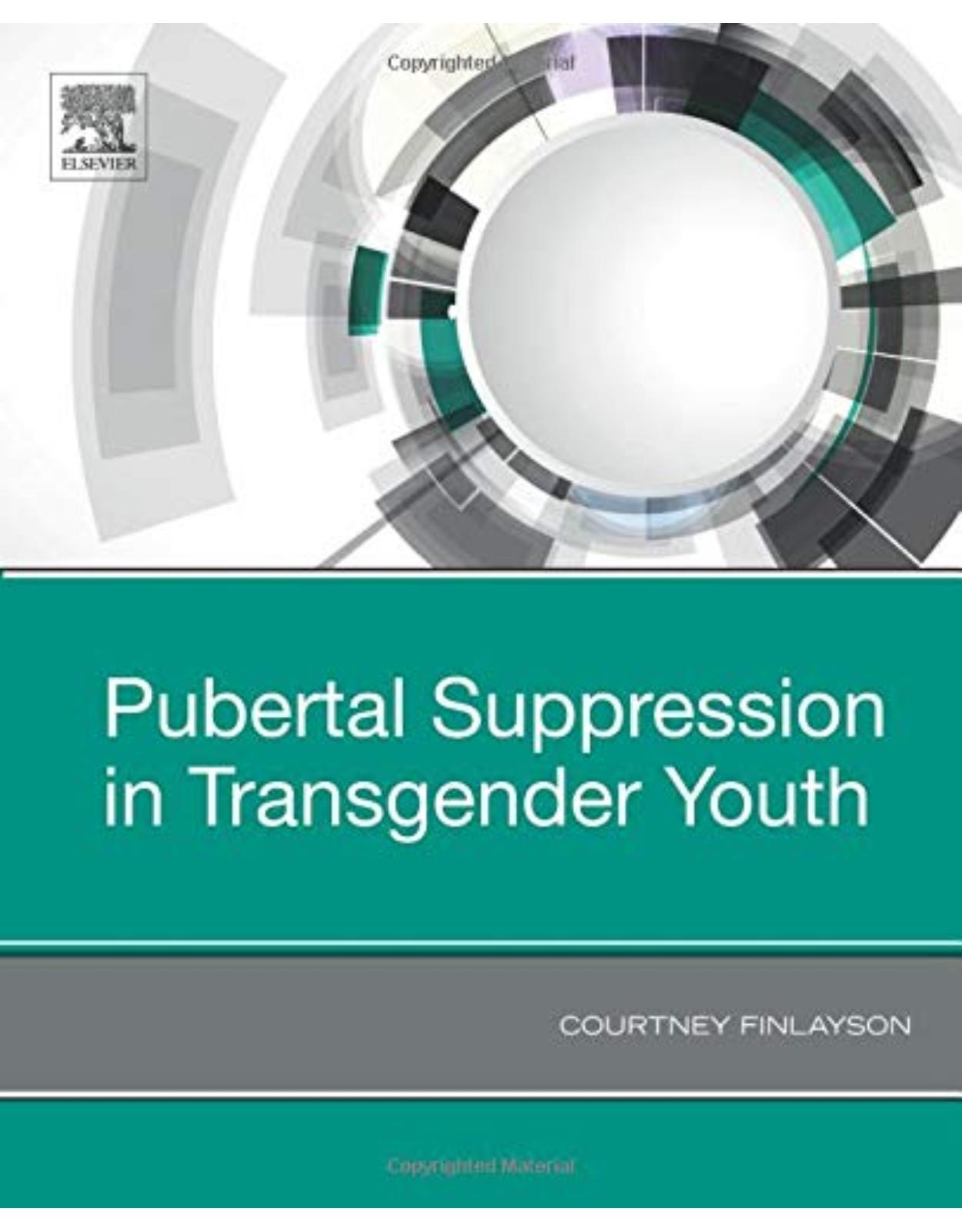
Clientii ebookshop.ro nu au adaugat inca opinii pentru acest produs. Fii primul care adauga o parere, folosind formularul de mai jos.